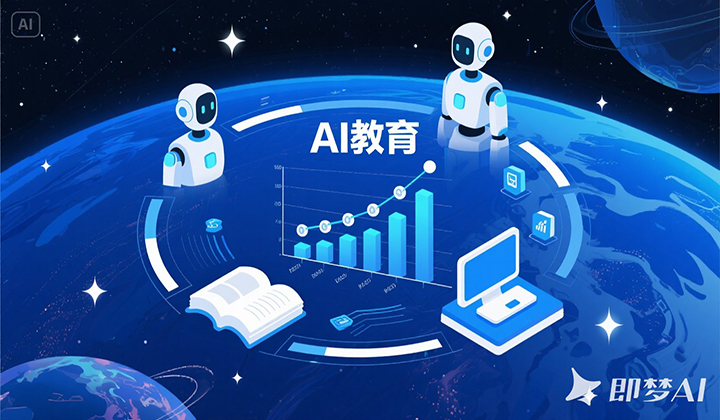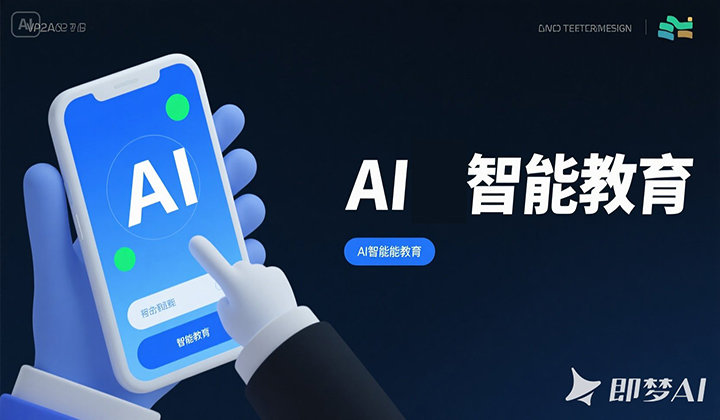Challenges and Future Trends of Scenario-based AI Solutions
While scenario-based AI solutions bring numerous benefits and opportunities, they also face several significant challenges. Understanding these hurdles is essential for further promoting the development and application of such solutions, and looking ahead, identifying future trends can guide their evolution.
One of the primary challenges is data-related. In many scenarios, obtaining sufficient high-quality data can be extremely difficult. Some industries, such as rare disease research in healthcare, have limited data available due to the low prevalence of certain conditions. Moreover, data may be siloed within different departments or organizations, making it challenging to integrate and utilize comprehensively. Data privacy and security are also major concerns. As AI solutions handle sensitive information, protecting user data from breaches and unauthorized access is crucial. In the financial sector, for example, where AI is used for customer profiling and fraud detection, any data leakage can lead to severe financial losses and damage to the institution's reputation.
Another challenge lies in the interpretability of AI models. In many critical scenarios, such as judicial decision-making or medical diagnosis, understanding how an AI model arrives at a particular conclusion is vital. However, complex deep learning models often function as "black boxes," making it difficult for users to interpret their decision-making processes. This lack of transparency can lead to mistrust among users and regulatory concerns.
The talent gap is also a significant obstacle. Developing and implementing scenario-based AI solutions require professionals with a combination of domain knowledge and AI expertise. However, there is currently a shortage of such cross-disciplinary talent. Organizations struggle to find individuals who not only understand the intricacies of a specific industry but can also apply AI technologies effectively.
Looking to the future, several trends are likely to shape the development of scenario-based AI solutions. First, the integration of AI with other emerging technologies will become more prevalent. For example, the combination of AI with the Internet of Things (IoT) will enable more real-time, intelligent decision-making in scenarios like smart homes and industrial automation. IoT devices can collect vast amounts of data, and AI can analyze this data to optimize operations and enhance user experiences.
Second, explainable AI (XAI) will gain more attention. Researchers and developers will focus on creating AI models that are more interpretable, enabling users to understand and trust the decisions made by these models. This will be especially important in high-stakes scenarios, ensuring that AI can be used responsibly and ethically.
Finally, the concept of edge AI will continue to develop. Instead of sending all data to the cloud for processing, edge AI allows data to be analyzed locally on devices, reducing latency and improving the efficiency of AI solutions. In scenarios such as autonomous vehicles, where real-time decision-making is crucial, edge AI can make the difference between safe operation and potential accidents.
In summary, although scenario-based AI solutions encounter various challenges, the future is promising. By addressing these issues and capitalizing on emerging trends, these solutions will continue to drive innovation and transformation across multiple industries, bringing about a more intelligent and efficient world.














